from MOS theory we know that, in case of a P substrate, a Gate-Bulk voltage higher than a certain threshold value creates an inversion layer, in this case made of negative charges. This is also described in wikipedia (https://en.m.wikipedia.org/wiki/MOSFET).
But we always consider as threshold voltage that between Gate and Source, and this seems in contrast with the previous description. The answer cannot be (as someone told me) "Source and Bulk terminals are often connected together", there is a deeper analysis.
For instance, let's consider a pass transistor circuit made with a N-channel MOSFET (enter link description here).
The input signal is sent on the drain and the output signal is taken at the Source. Its maximum value is VDD - Vthreshold since from that value, the Vgs voltage would be lower than Vthreshold, as we know from theory. From this analysis we understand that the voltage that switches on a NMOSFET is that between Gate and Source. And here the Source is not connected to Bulk, which is at GND. This does not agree with MOS theory.
So, which is the voltage that switches on a NMOSFET?
